Tranquil rivers, ancient pagodas, thriving cities and rustic villages make Vietnam a pristine land of discovery for adventurers. Understanding Vietnam’s three main regions – North, Central and South – is essential to fully appreciate the country’s diversity.
This guide will provide you with an in-depth look at what makes each region unique, including top attractions, cities, and tips for your travels. You can tour each region alone, or combine them all into one incredible Vietnam vacation package.
🌴Find SOUTHEAST ASIA PACKAGE DEALS🌴
North Vietnam
Comprising the upper half of Vietnam, the North is considered the cradle of Vietnamese culture, as the first Vietnamese settlers founded villages along the Red River Delta here over 2,000 years ago and begin expanding down all the way to the Mekong.
North Vietnam has some of the most spectacular natural scenery in the country. Old-world charm flourishes with its numerous ethnicities, charming villages and traditional architecture. From its majestic karst peaks to ancient pagodas, North Vietnam is full of life-changing adventures.
Cuisine of the North: Northern Vietnamese cuisine is known for its subtle, balanced flavors, making heavy use of herbs, fish sauce, and rice. Dishes like pho (noodle soup with beef or chicken) and bun cha (grilled pork with noodles) are famous throughout the world but are prepared in a distinctly northern style. The colder climate of the North means dishes often include heartier ingredients, such as pickled vegetables, and are served hot to warm the body.
Best Time to Visit: October to April offers the best weather, with cooler temperatures and little rain, especially good for trekking in Sapa or sightseeing in Hanoi.
Transportation: The North has a well-developed public transportation network, with buses and trains connecting major cities. Motorbike rentals are a popular option for exploring rural areas like Ninh Binh and Sapa.
Travel type: Ideal for slow-paced travelers who want to explore cultural sites, hike in nature, and enjoy cooler weather.
Tours4fun recommendation:
Hanoi
Capital of Vietnam, Hanoi is a stunning blended of tradition, culture, and modern metropolis. History buffs will love exploring the classical lanes of the Old Quarter and pagodas along Hoan Kiem Lake along the French and Chinese architecture. Compacted into a maze of scooter filled streets and loud street markets, Hanoi is a great place to immerse yourself in local culture, from delectable street food to stunning Water Puppet Shows. Those looking to relax can still enjoy the tranquility of Ngoc Son Temple, the Temple of Literature, and Tran Quoc Pagoda.
Sapa
Perfect for exploring the Northwest, the township of Sapa is a hikers paradise and gateway to the picturesque rice paddie fields and hillside villages of the region. Most Vietnam tour packages to the North include at least two days to hike Sapa. Trek through the countryside, meet local ethnic minorities, and experience the beauty of Mount Fansipan, the highest peak in Vietnam. Sapa’s landscape changes with the seasons, offering a unique experience whether you’re visiting during the cool winter months or the lush summer.
Halong Bay
Probably one of the most famous destinations in Vietnam, Halong Bay is a UNESCO World Heritage Site known for its emerald waters and limestone karsts. You can spend a week exploring its over 1,600 islands and 43,400 ha landscape and still not get tired of it. A cruise through Halong Bay will take you to hidden caves, floating villages, and quiet beaches. For a more serene experience, visit Bai Tu Long Bay, a less crowded alternative with equally stunning scenery.
Ninh Binh
Though it is sometimes overlooked on Vietnam tours, Ninh Binh is one of the many hidden gems of Vietnam. Located in the Red River Delta, this province houses the birthplace of Vietnam, the ancient capital of Hoa Lu, and Bai Dinh Temple, where the largest Buddha statue in Southeast Asia dwells. Alongside being an important historical site, Ninh Binh province is also home to Trang An Scenic Complex, a stunning array of rivers and mountains that was most recently featured in “Kong: Skull Island“.
Here you can discover Tam Coc, or “three caves”, an enchanting collection of natural caves that can explore by small boats. Tam Coc is also known as “Halong Bay on land”.
Central Vietnam
Though not as well traveled as the North and South, Central Vietnam is just as majestic, historical, and stunning. From gorgeous beaches to ancient cities, towering mountain ranges to even an underground national park, Central Vietnam offers travelers a variety of attractions to explore.
Central Vietnam has a deep connection to Vietnam’s imperial past. The city of Hue served as the capital during the Nguyen Dynasty, and its well-preserved palaces and tombs still attract history enthusiasts. The influence of the Champa civilization can be seen in sites like My Son Sanctuary. Hoi An was once a major trading port, and its well-preserved architecture reflects centuries of cross-cultural exchange.
Cuisine of Central Vietnam: The cuisine in Central Vietnam is known for its bold, spicy flavors. The food is often more colorful and intensely flavored compared to the North and South. Dishes like bun bo Hue (spicy beef noodle soup) and mi quang (noodle dish with pork and shrimp) are staples. The influence of royal cuisine from Hue means that meals are often beautifully presented, with small portions of highly flavorful food.
Best Time to Visit: The dry season from February to August is ideal for visiting the beaches and historical sites. The region can be affected by typhoons from September to November.
Transportation: Da Nang’s airport is a major hub for international and domestic flights. From there, buses and trains easily connect you to Hoi An, Hue, and Phong Nha.
Travel type: Ideal for travelers who want a bit of everything – beaches, ancient ruins, and adventure.
Tours4fun recommendation:
Danang
One of the gateways to Vietnam, Danang is usually only known for its international airport and the easy transfer to Hoi An, and that’s a shame. Evolving just as fast as Dubai, Danang has transformed from a rural and traditional township to a stunning, modern city with a variety of hotels, restaurants, and attractions.
This is most notably seen in the Dragon Bridge, which is best visit at night when it shines. You can enjoy its any gorgeous forests, take a day trip to the towering Marble Mountains, or hike the tropical Ba Na Hills to see the famous Golden Bridge, but do not dismiss the beauty of this great city.
Hoi An
Known as the ancient town, Hoi An rests on the northern bank of the Thu Bon River, with any of the waterways running through the city as picturesque canals. With fishing and agriculture as the chief industries, you can commonly see boats navigating the canals with fresh food for markets. Peaceful, Hoi An is one of the best places to immerse yourself in Vietnamese culture, with numerous cultural tours to learn from local farmers and fisherman firsthand.
You can also explore the local architecture and attractions, such as the Japanese Covered Bridge, Chinese Assembly Halls, and the Ancient Town itself. It is also the closest major city to My Son Sanctuary, but we’ll get to that a little later.
Hue
Once the capital of the Nguyen Dynasty and Vietnam, Hue is just 3 hours from Hoi An and 2 hours from Danang. Resting on the Perfume River, Hue is similar to Hoi An in it’s rich historical heritage, housing Hue Citadel (site of the Imperial City), Thien Mu Pagoda, and the Minh Mang Tombs. Beyond the city, visitors can easily join a cruise along Perfume River to encounter the local craft villages in the region.
Or, if you’re looking to escape to nature, head on over to Bach Ma National Park, which is home to thousands of rare fauna and flora.
My Son
Another famous site in Vietnam, My Son Sanctuary is a UNESCO World Heritage Site composed of ancient Hindu temples built by the Champa kings. Set in a lush valley, the ruins are composed of roughly 20 structures of various architectural styles. A must see for any trip to Central Vietnam, a day trip from Hoi An can easily be arranged with a local guide to learn the historical and religious significance of the site.
Da Lat
Much further south is Da Lat, a inland city of cool weather, French-colonial architecture, and fruit farms. Concidered somewhat out of place compared to the more tropical and traditional regions of Vietnam, Da Lat is a popular vacation spot for domestic travelers, while being a perfect break for international tourists who are drained form the humidity.
You can also enjoy a visit to Pongour Waterfall, a stunning cascade, or, if you are looking for something out of place on your trip, visit Hang Nga guesthouse, aka the Crazy House, designed by ipressionist Dang Viet Nga.
Nha Trang
Now, Vietnam is not all just majestic landscapes, historical cities, and cultural encounters – it’s also a great spot to relax by the beach. If you’re looking for a beachside vacation, than Nha Trang is the place to be. Home to multiple lovely beach resorts, Nha Trang is a laidback city perfect for relaxing in the and partying in the night.
South Vietnam
Without further ado, we have arrived at the South. Years of tragic wars have left their mark on the region, but resilience has defined those who call it home. Ho Chi Minh City has grown to become the country’s largest city and a buzzing economic hub. Outside the city, the legendary Mekong River empties into the sea amongst a network of quaint villages, rice fields and swamplands.
Cuisine of Southern Vietnam: The cuisine in Southern Vietnam is sweeter and more tropical than the North and Central regions, reflecting the abundance of fruit, coconut, and sugar cane. Signature dishes include hu tieu (pork and seafood noodle soup), banh xeo (crispy savory pancakes), and com tam (broken rice with grilled pork). Seafood is plentiful, especially on Phu Quoc, where fresh fish and shellfish are common in local markets and high-end restaurants alike.
Best Time to Visit: Southern Vietnam has a tropical climate, making it warm year-round. The dry season, from November to April, is ideal for visiting Ho Chi Minh City and the Mekong Delta.
Transportation: Ho Chi Minh City’s Tan Son Nhat International Airport is the busiest in Vietnam, making it a primary gateway for international travelers. From there, you can easily access the Mekong Delta or catch a flight to Phu Quoc. Within the city, ride-hailing apps are convenient for getting around.
Travel type: Suited for those looking for a combination of city life, beach relaxation, and countryside exploration.
Tours4fun recommendation:
Ho Chi Minh City/Saigon
Formerly known as Saigon, Ho Chi Minh City was named in honor of Ho Chi Minh, the late president of the Democratic Republic of Vietnam. Like it’s Northern neighbor Hanoi, Ho Chi Minh City is rich in traditional architecture and culture, but also leans more towards a modern metropolis, with the growing residential districts.
Here you’ll encounter more Western-style buildings, such as the French-colonial Notre Dame Cathedral, the Saigon Opera House, and Reunification Palace, all must see spots in the city. It is also the gateway to two other key attractions in Vietnam.
Cu Chi Tunnels
Formerly used by the Viet Cong forces during the Vietnam War, this network of underground tunnels stretch throughout the region and served as important military bases for the revolutionary forces. Today those tunnels have been preserved by the Vietna government to educate visitors about the war. On a day trip from Ho Chi Minh City you can enter a portion of the tunnels with expert guides and learn the military importance of the tunnels.
Mekong Delta
Further south you’ll discover the famous Mekong Delta, an expansive river delta centered around the extensive Mekong River. Either explore by bike or boat, the Mekong Delta is well worth the trip to Vietnam and is the perfect escape to the countryside, much like Sapa in the north. In contrast, you’ll be exploring lush tropical forests and explore floating markets like Cai Be and Cai Rang. Relax as you cruise through the waterways and learn about local life on a Mekong Delta tour.

Phu Quoc
Lastly, we have Phu Quoc Island, a twin to Nha Trang at the very end of Vietnam. The largest island in Vietnam, Phu Quoc is the perfect end to your Vietnam trip, offering teh chance to relax at a lovely resort, kayak to secluded beaches, and enjoy a magical sunset. It’s also home to Vietnam’s largest national park, Phu Quoc National Park, which covers a large portion of the island’s landscape.
If you are looking to visit Vietnam you can enjoy the beauty of the country with a variety of Vietnam tours or learn all the tips and tricks to planning your next vacation, please subscribe to our Tours4fun Newsletter below for exclusive deals.
Frequently Asked Questions
Q: When is the best time to visit Vietnam?
The best time to visit Vietnam depends on the region. Northern Vietnam is ideal from October to April, Central Vietnam from February to August, and South Vietnam from December to April. Keep in mind that Vietnam has different weather patterns across its regions, so it’s essential to plan based on the specific area you’re visiting.
Q: What kind of food can I expect in Vietnam?
Vietnamese cuisine is diverse and varies by region. In the North, dishes are lighter and less spicy, while Central Vietnam features bold and often spicy flavors. Southern Vietnamese cuisine uses more tropical ingredients and tends to be sweeter. Common dishes include pho, bun cha, banh mi, and fresh spring rolls.
Q: What are the must-visit destinations in Vietnam for a first-time traveler?
First-time visitors should consider Hanoi and Halong Bay in the North, Hoi An and Hue in Central Vietnam, and Ho Chi Minh City and the Mekong Delta in the South.
Q: Is Vietnam safe for solo travelers?
Vietnam is generally considered a safe destination for solo travelers. However, it’s essential to take standard precautions, such as avoiding poorly lit areas at night and being cautious with personal belongings in crowded places.
Q: How can I get around Vietnam?
Vietnam has a well-developed transportation network, including buses, trains, domestic flights, and ride-hailing apps. For longer distances, taking a flight or overnight train is common, while cities like Hanoi and Ho Chi Minh City are easily navigable by motorbike taxis or rideshare services.
Q: Do I need a visa to visit Vietnam?
Most travelers need a visa to enter Vietnam, though some nationalities are eligible for visa exemptions for short stays. E-visas and visa-on-arrival services are widely available and can be easily arranged online before your trip.
Please check Vietnam Visa Exemption.
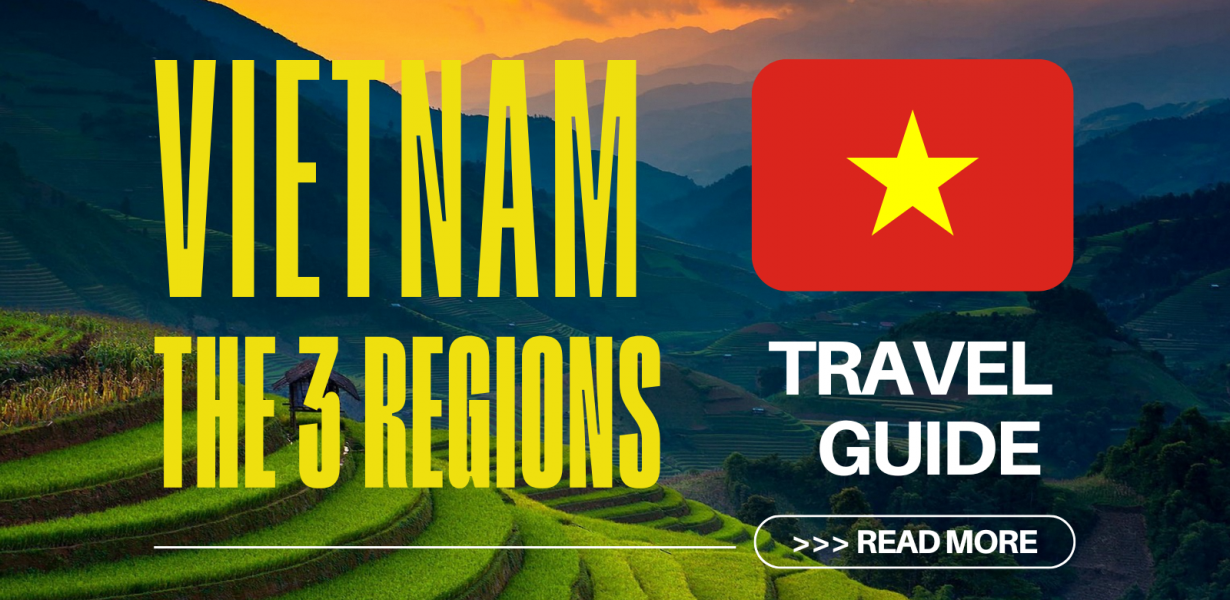
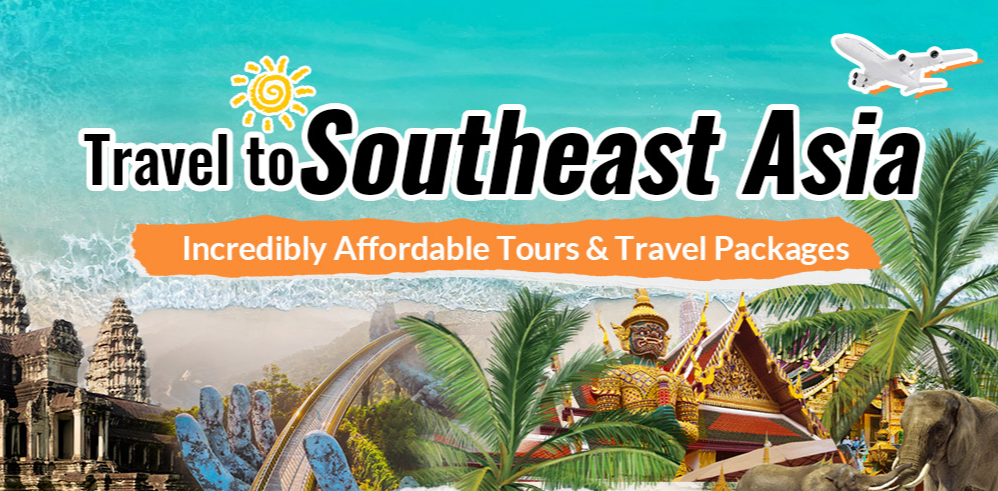

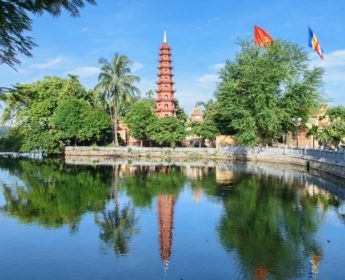
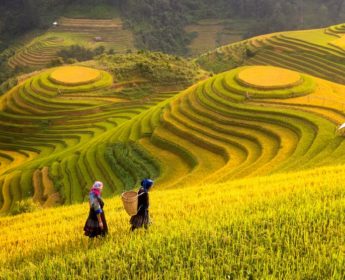
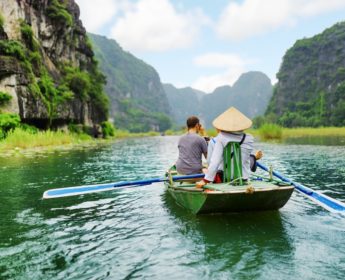
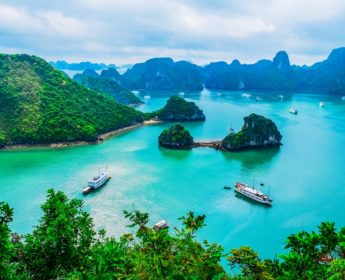



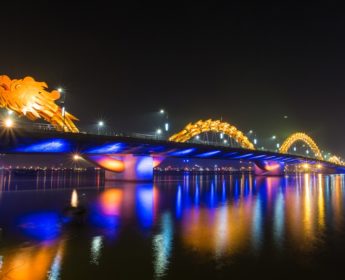
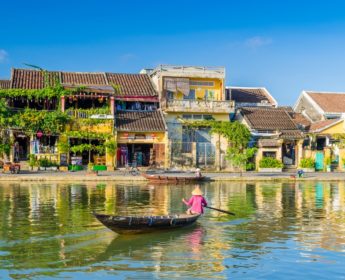
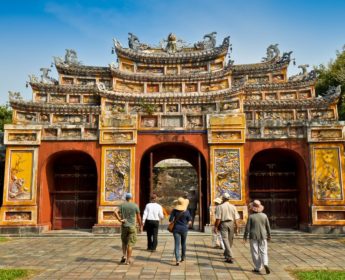
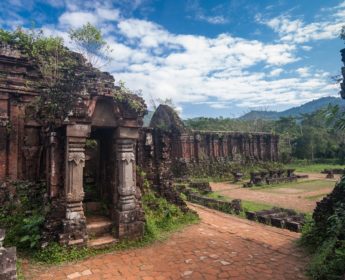
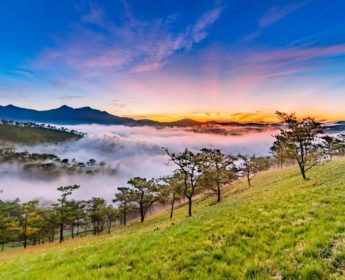
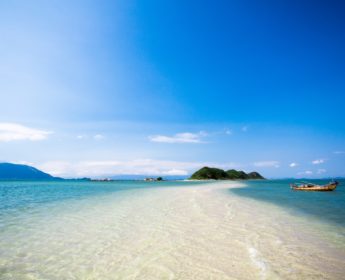



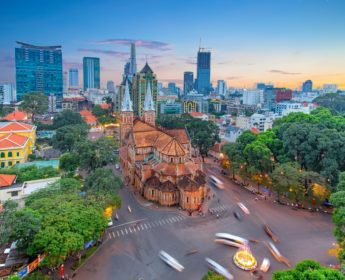
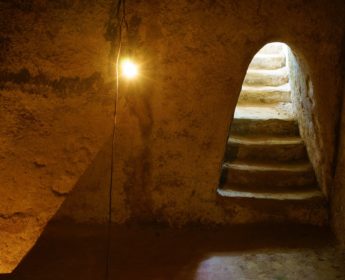
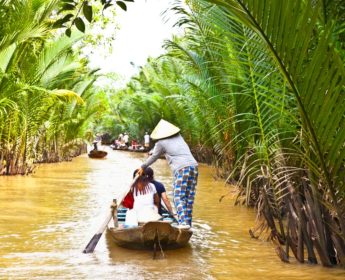
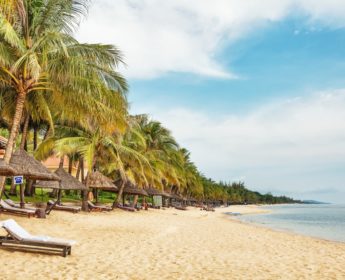





Thanks you. vietnamtravelco 's very nice
Hey John! I like this article because it's very informative. Vietnam is one of the top destinations for tourists visiting Southeast Asia.
One of my top destinations in the North is Hanoi. Due to my love for history, I love exploring the French and Chinese architecture by visiting the Old Quarter.
Thanks, John Gray.
I love this article.
It attracts me from start to end.
I am about to have a trip from South to North Vietnam. Should I add Mui Ne to upcoming journey?